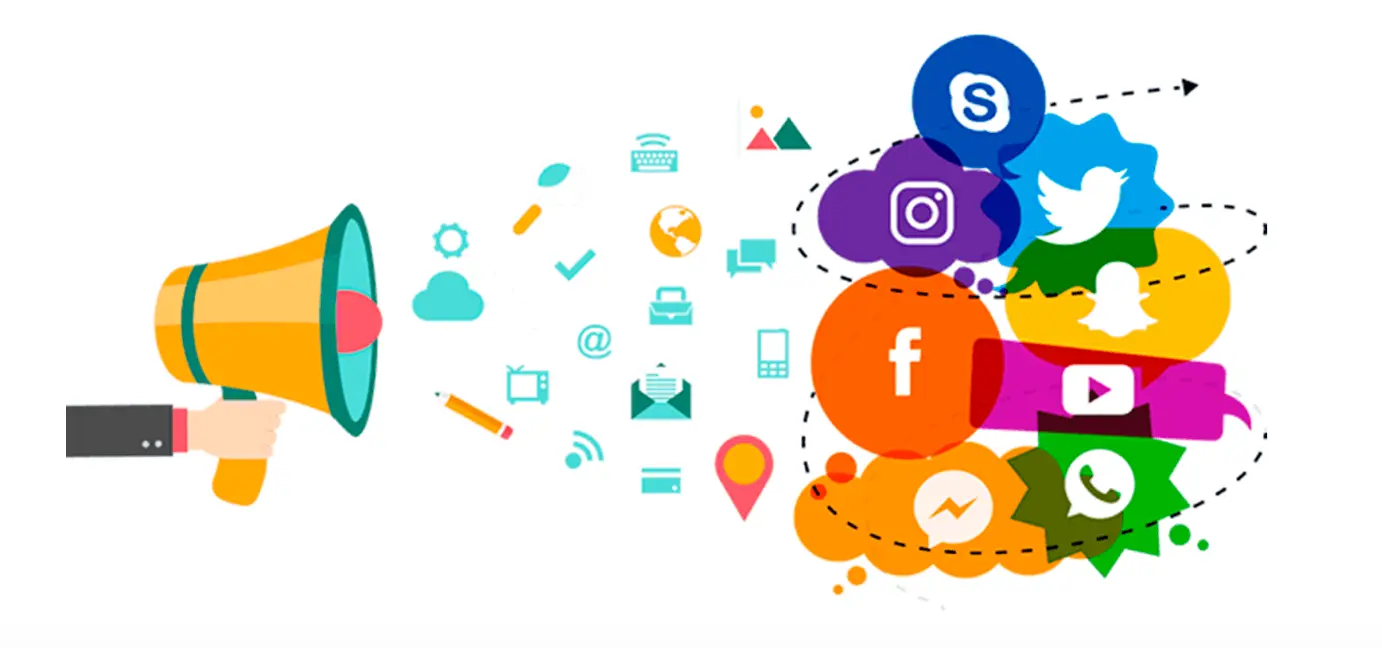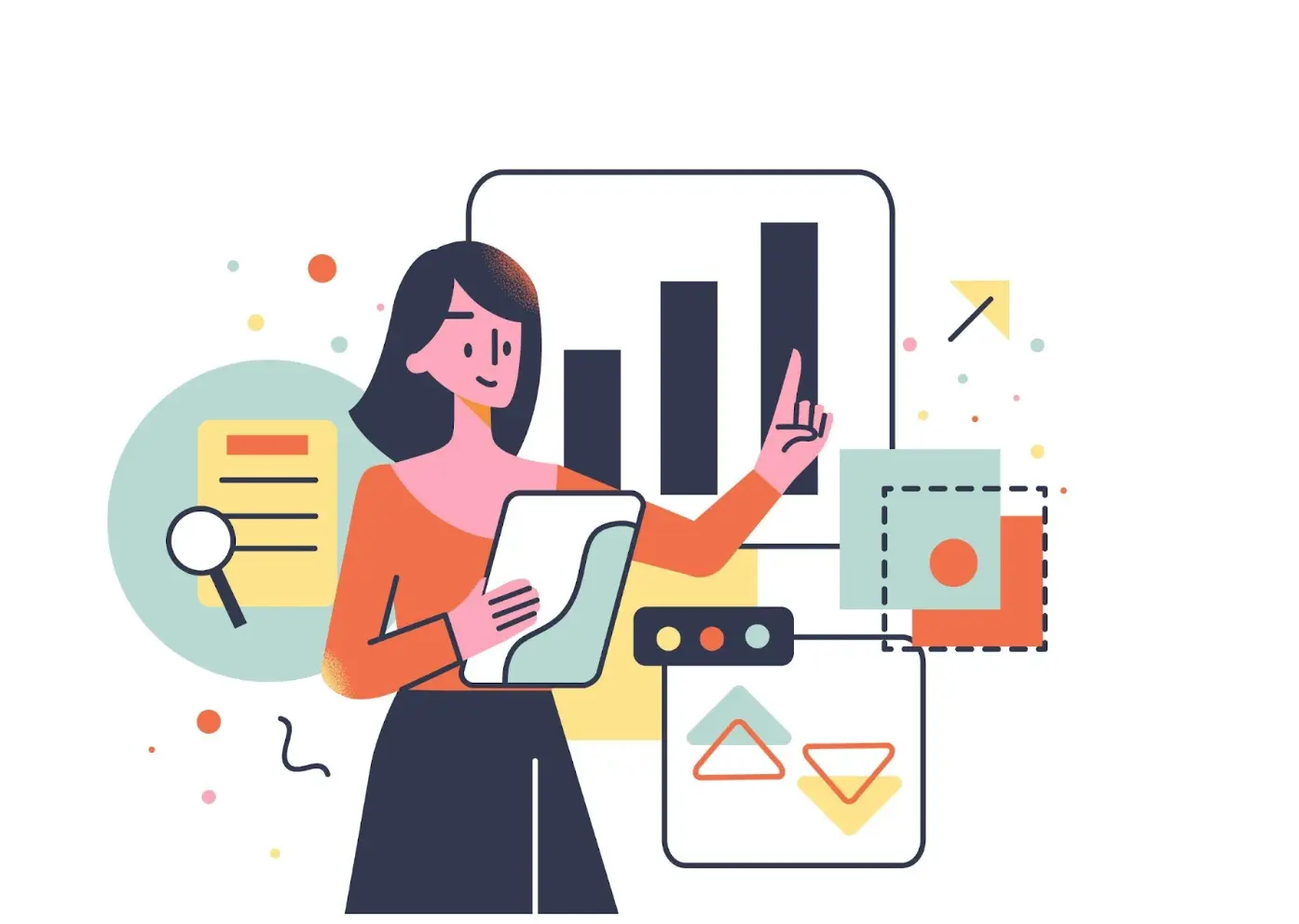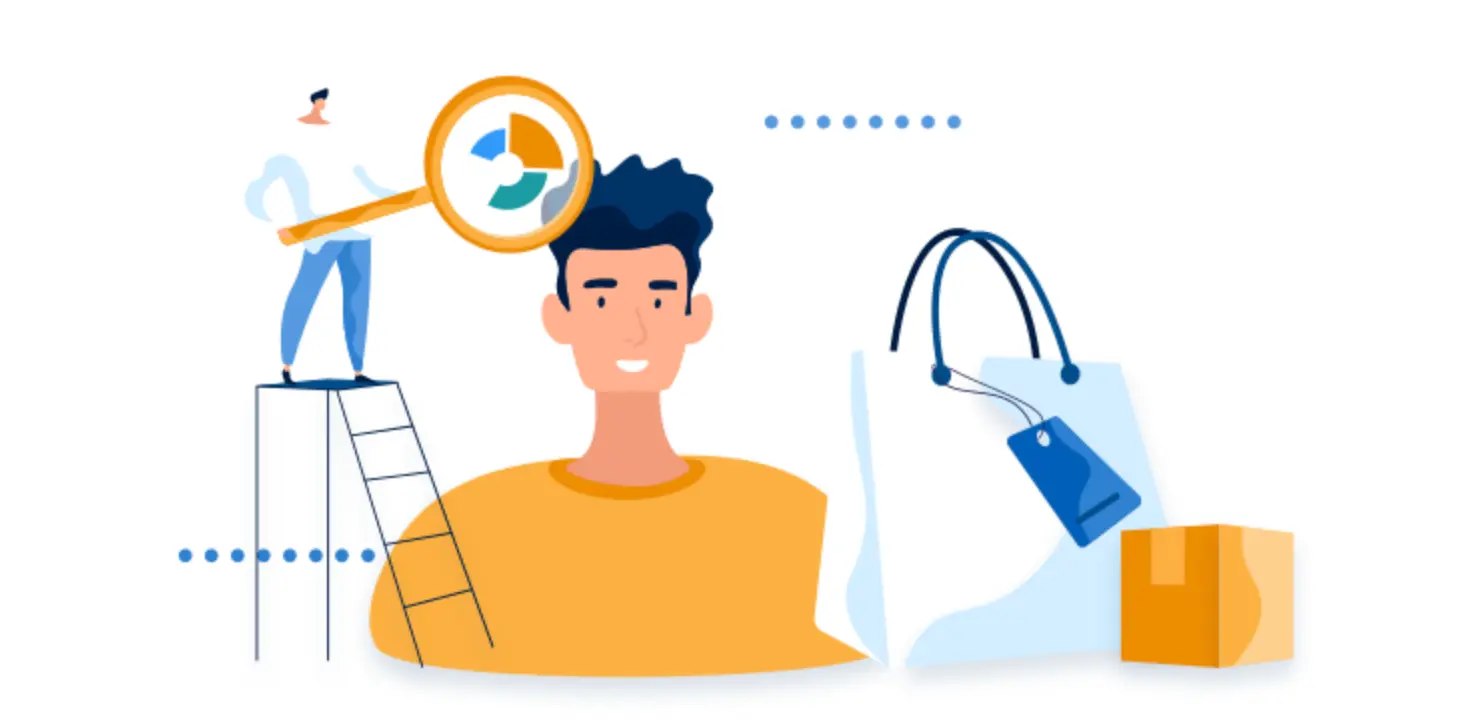Companies gather vast amounts of data from their customers daily. After collecting the data, they use it to get insights that help them learn more about their consumers' nature and intentions. The goal of collecting and protecting customer data will only help contribute to the business's continued success.
Customer data analytics is vital for the health of every business across industries. While you may think only large companies can benefit from learning about deep customer data, small businesses that want to be more competitive must also take the time to do so.
A recent market study revealed that 52% of customers are willing to switch companies when their services are not personalized.
In this article:
- What is Customer Data Analytics?
- How Do Customer Data Analytics Work?
- How Important is Customer Data Analytics?
- Potential Uses of Customer Data Analytics
- Ways You Can Collect Customer Data
- How to Analyze Data
- Best Practices When Analyzing Data from Your Customers
- Best Customer Data Analytics Tools

Collecting such information can help you meet the customer's needs. Technology gives business stakeholders access to critical data elements that aid in making decisions that enhance the success of a given business.
This blog post defines customer data analytics and covers everything you need to know. The article provides more actionable insights.
What is Customer Data Analytics?
Customer data analytics involves collecting data from different sources.
You can use it to compare tangential metrics to develop actionable insights, such as determining the number of jobs available in transportation by comparing vacancies across various services.
More common applications include conducting consumer surveys and analyzing ad networks. The data collected involves customer traits, including purchasing preferences, demographics, site behavior, etc.
It will combine collected data to create a complete picture of your customers and the target market. This mode of top data analytics companies gives more specific experiences to your customers and tailors new strategies based on what customers want.
This mode of operation follows the customer journey from the beginning of demand generation to lead generation, ensuring that everything is working properly. Note that guesswork is not essential at this point.
Effectively using customer data guarantees accuracy and efficiency. Data can make a huge difference in your business, enabling you to achieve your objectives.
How Do Customer Data Analytics Work?
Customer analytics is fundamental to any business across industries. This strategy gives you an idea of how customers interact with the company's products and services.
Although extracting meaning from the data can be tricky, you can use group tools and technologies to summarize the process.
Data visualization is the simplest way to analyze your data and extract insights. You don't have to keep struggling with spreadsheets to understand what the data is all about. To offer a compelling customer experience, you must combine power to get the job done.
Besides, ensure that all the teams within the business environment are working on equal grounds.
The goal is maximum collaboration among all your team members and departments. Besides, everybody within your business who interacts with customers should have access to crucial data.
How Important is Customer Data Analytics?
Customer data analytics has a significant impact on any company's success. The strategy allows companies to find solutions to long-standing problems.
Moreover, by combining cloud-native observability tools like Middleware, businesses can collect and analyze vast amounts of data, including user behavior, performance metrics, and system logs.
Synthetic data generation can accelerate cloud adoption by removing compliance hurdles and allowing for a granular 360-degree customer view without endangering your customers' data privacy.
Observability allows businesses to gain a more comprehensive understanding of the customer journey, from initial engagement to conversion and retention.
By monitoring and analyzing data across multiple touchpoints, organizations can identify areas of opportunity and optimize the customer experience, leading to increased customer loyalty and revenue.
Engaging customers increases the money they are likely to spend on your business. You will automatically increase your conversion rate and record more revenues.
Customer analytics is also one way to reduce customer bounce rate and cases of customers leaving products on the cart.
Potential Uses of Customer Data
-
Drive engagement
Given that data analytics makes you good at profiling your customers based on their preferences, it becomes easier to create better marketing initiatives that drive more engagement.
It brings you closer to customers, making it easier for you to engage with them and exchange thoughts. As a result, engagement levels increase dramatically.
-
Customer profiling
Customer profiling is essential for any business dedicated to offering personalized services. By profiling your customers, you find it easier to read their behavior.
Based on your customer profiles, you can quickly provide products and services depending on what customers want.
-
Increases sales

The sales topic is an important aspect when discussing your business's success. Data analytics offers you the best ways to upsell and cross-sell your products. It makes finding some of the best revenue channels for your business easier.
Ways You Can Collect Customer Data
Customer shopping data enables business stakeholders to make quick and effective decisions. Data analytics identifies the barrier preventing customers from completing specific tasks.
This helps them achieve their particular purchasing goals. Businesses must closely monitor customers who abandon products in their carts. With relevant data, businesses can make informed decisions, such as using coupon codes to increase conversions.
Analyzing this data enables business stakeholders to launch products and categories that are in high demand. Below are some things business owners should consider to understand customer behavior.
-
Surveys

Conducting surveys is the best way to collect data across your target audience. They can help you to collect specific information from your customers that can be vital in improving your business operations.
Regular surveys allow you to easily monitor your customers' needs and preferences. When using surveys, you can set your criteria for asking questions.
-
Cookies
Cookies are at the top of the best consumer data collection methods list. You can use this approach to track some of the page's prospect visits, the products they are interested in, and the ads they click.
-
Social media

Social media is the best approach for collecting customer data. This approach provides up-to-date, real-time data. Customers can easily access your brand via social media and make purchases.
-
Web scraping
A great way to collect information about your customers is extracting web data using a scraping tool. Web scraping automates the process of collecting information from a website (or several websites) and formatting it (in a CSV file, for instance) for you to analyze.
Using a web scraper, you can extract valuable information such as customer reviews as well as contact details, pricing data, and more.
How to Analyze Customer Data
Analyzing the data collected from your customers can be challenging. Below are some secrets for analyzing the data.
-
Establish target objectives

Even though it may sound tempting to focus on everything, the best approach is to channel all your attention to a specific point.
Rather than spreading your efforts widely, be very specific about your actions. The more areas you focus on, the slimmer your chances of success.
-
Develop a framework
When analyzing your customer data, it's vital to create a framework. The framework is to help you focus on the things that only matter and significantly impact the analysis you are doing.
Now, you must find the best way to fit the concept and identify data that supports it. Consider using workflow software to create, automate, and modify any workflow within your team, freeing up time to focus on execution.
-
Collect information

Hop on data analytics. It’s precisely where you can acquire a lot of raw data. Instead of collecting all the data elements that cross your eyes, you need to focus on those lines that matter.
Concentrating on significant data points will help you get the desired data.
-
Sort your data
The first step after collecting data is sorting it out. Only some of the data you collect is important, and some business analytics metrics may need to be more critical. You need to eliminate those aspects and organize your structure.
Best Practices When Analyzing Data from Your Customers
Analyzing customer data is about more than just working blindly. You need to understand the best practices to make your work easier. Check out the methods outlined below.

Customer data analytics can yield different results depending on your feed instructions. This can be confusing, especially if you need help understanding your business goals.
The only way forward is to begin by working on your goals quickly before examining the final results. You can create a one-pager that outlines the objectives, timeframe, and key strategies for achieving them.
-
Avoid misinterpreting data
When you realize that customer engagement has dropped significantly, do not focus on blaming the economy. Even using some of the most powerful tools, you can only go far if you understand numbers.
Try to find the problem in your sales funnel.
-
Uncover better streams of revenue
With customer data, you can quickly discover better streams of revenue that can develop your business. You should channel your focus on metrics such as the customer lifetime value, the net promoter score, and the conversion rate.
Best Customer Data Analytics Tools
When doing customer data analytics, having the right customer analytics software is crucial for collecting and interpreting data efficiently. Below are some tools and technologies to help you get the job done.
-
Google Analytics
Google Analytics is an incredible tool tailored to uncover detailed information about website traffic and user actions.
The analytics feature easily absorbs customer behavior directly from the website. You can easily set up data pipelines for different systems with Google Analytics.
-
ChartExpo
A simple no-code tool like ChartExpo converts complex customer journey data into insightful visualization.
Converting past data into customer journey visualizations, such as trend charts, process flow diagrams, and Sankey charts, can help you create 50+ visualizations to predict customer behavior.
It is available in both Google Sheets and Microsoft Excel as an add-on.
-
Hubspot
With HubSpot, priceless data can be gathered across different market journeys, enabling all business departments to make informed decisions based on the data collected.
This tool allows you to create specific customer segments. It also functions as customer relationship management software with many capabilities for optimizing data.
-
Adobe Analytics
A tool like Adobe Analytics can handle various activities, from website analytics to in-store data. The platform is built with high levels of flexibility, making it the best option for customer data analytics.
Conclusion
Customer data analytics can help organizations gather vital insights for their well-being. However, it does not replace the fundamental aspects of business transformation.
The good old-fashioned ways of servicing your customers still hold a substantial part-time role in your business development.
Combining these with operating models can have a massive impact on the continued growth of your business.
Remember that you can only keep your customers by offering good customer service and solving their problems.
This guide to customer data analytics covers everything you need to know and master to understand your customers. Once you understand your customers' needs and preferences, you will transform your brand.
Author Bio
Srushti Shah is an ambitious, passionate, and out-of-the-box thinking woman with vast exposure to Digital Marketing.
Her key focus is to serve her clients with the latest innovation in her field, leading to fast and effective results, working beyond expectations, and delivering the best possible results in her professional motto.
In addition to her work, she loves traveling, exploring new things, and spending quality time with family. You can reach out to Srushti Shah on Twitter or LinkedIn.


